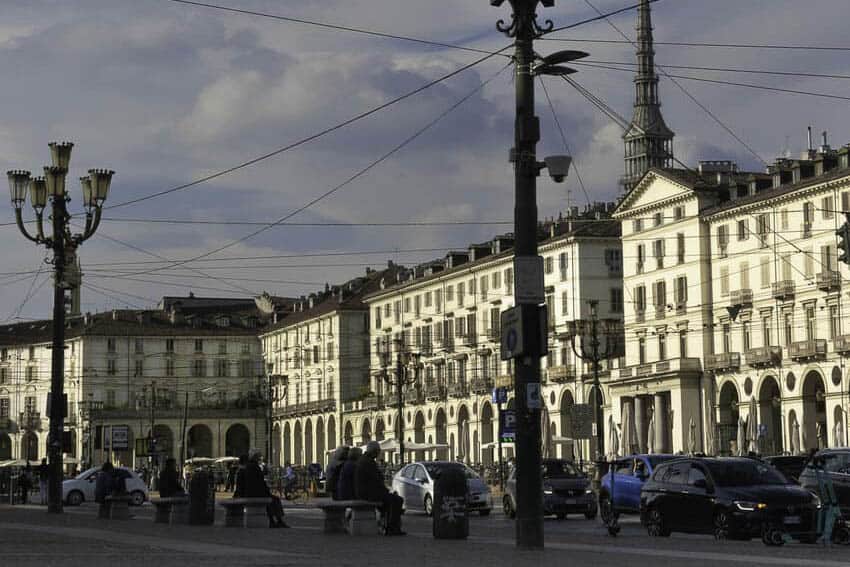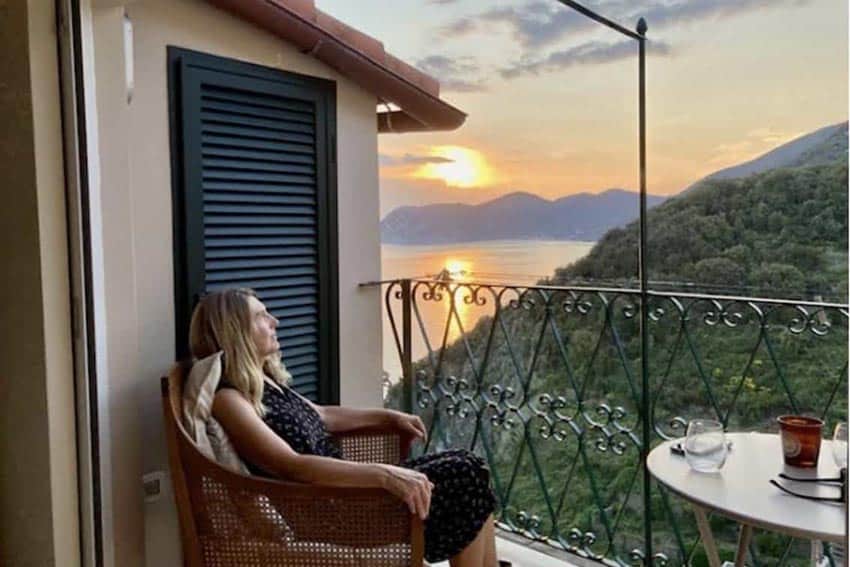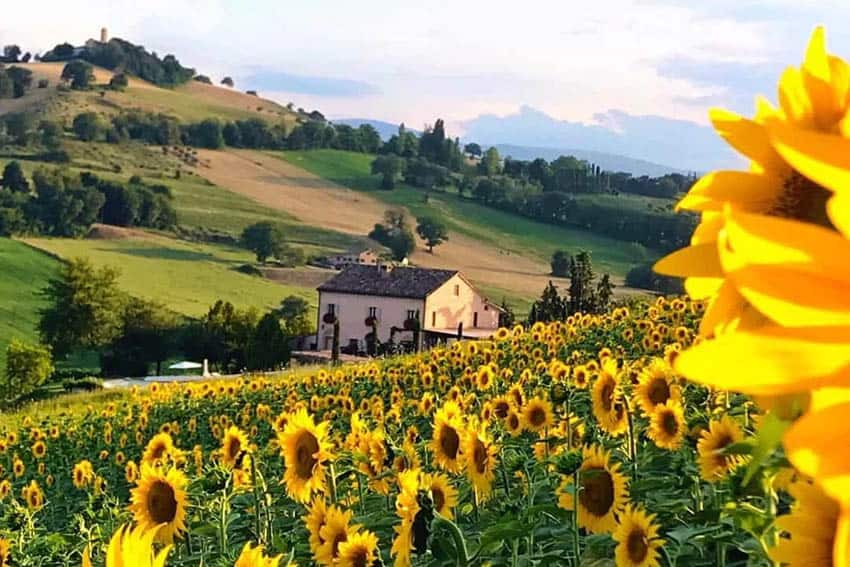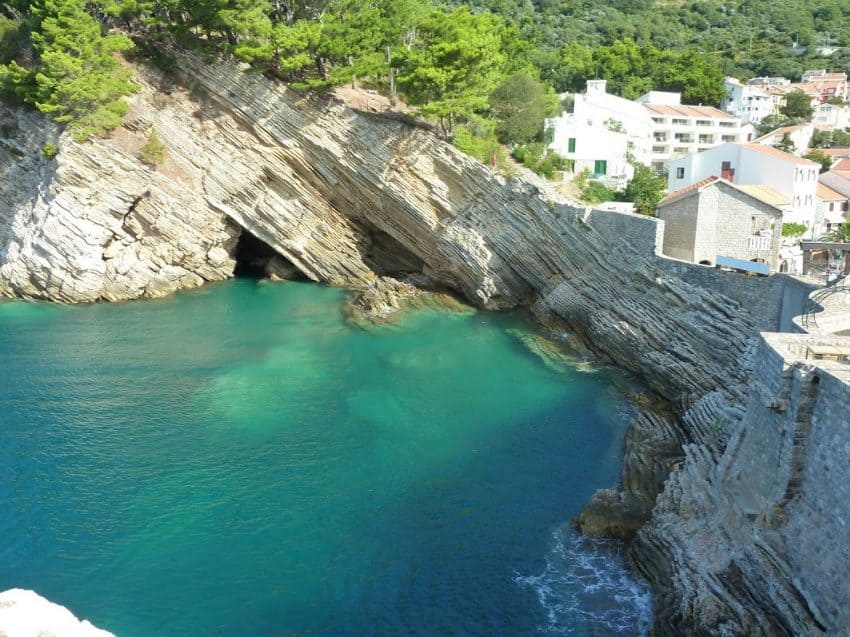
Roman Roads and Renaissance Castles: Touring Le Marche in Italy
By Vera Marie Badertscher

Whichever road you choose leads to fortified towns on hilltops and dignified stone farmhouses presiding over hillsides planted in grapevines or olive trees.
Le Marche answered our requirements for seeing the “real” Italy — a place where T-shirt vendors do not line the cobblestone streets.
Le Marche stretches down the eastern edge of the Italian boot between the Apennine Mountains and the Adriatic Sea. We could find few guidebooks on this region, which underlined the fact that Le Marche remains relatively undiscovered. So, we said, let us go discover it.
Highway A14, a limited-access toll road, zips down the Adriatic coast. Renting a car in Venice, my husband and I headed south for Le Marche.
Once away from the main highway, roads writhe in rough circles and convoluted curves as they swoop around hills and gorges. The geography thwarted would-be conquerors in olden days, and still, limits travel.
A Thousand Humming Bees
Following our hosts’ e-mailed directions, a printout from viamichelin.com, and our Touring Club Italian Le Marche map, we arrived at Le Torricelle, an agritourism bed and breakfast, perched on the top of the emerald-green world.

Agritourism hotels and inns convert rural properties into tourist havens set in the midst of still productive fields. We wandered around through lawns edged by brilliant flower and herb gardens and shared the aroma of acacia with a thousand humming bees.
Our hostess helped us plot a circle of exploration and the next morning we headed north for San Leo Castle, which seems to hang by its fingernails from a steep crag. Inside San Leo’s appropriately gloomy rooms, we wandered through prison cells and ogled the artistic designs decorating instruments of torture.
Along our route, we drove through a succession of medieval towns. A few electric wires and cars small enough to navigate the swept-clean narrow streets hint at modern life within the five-century-old walls.
Pots of fire-red geraniums and royal purple petunias spill out of pots at every doorway in the tidy towns. In Lunana, we stocked up on cheese, bread, and fruit for dinner at home in our hilltop apartment.
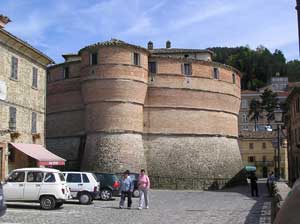
Our two full days of exploration of the lands of the family Montefeltro’s 15th-century reign included Sassocavaro where the turtle-shaped castle reflects the alchemy interests of the original owner. During World War II, art lovers hid masterpieces from museums in Venice and other cities in this bomb-proof fortress. Today full-size reproductions of the rescued art hang on the castle’s walls.
Exploring Urbino
The crowning jewel in his duchy, Urbino, housed Frederico of Montefeltro and his government. Considered a model city of the Renaissance, the town’s castle hosted dignitaries from popes to leading scientists and artists. Fairy-tale towers soar above and the interior shines with the best work of fifteenth and sixteenth-century woodcarvers, painters, sculptors, and mosaic artists.
In Urbino, a university town since 1564, signs still advertise student apartments along cobblestone, pedestrian-only streets. The castle sits on top of a hill, and the city rises even higher above the castle. Somehow, these streets look much less steep and the distances decrease in our flat city map. Exploring the byways, we walk off the effects of luncheon pasta.
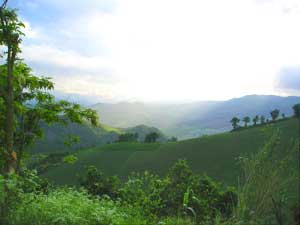
Having returned to the fifteenth century in Urbino, we keep going back until we reach the first century A.D. We travel part of the Via Flaminia, a Roman road leading from the coast inland through one of Italy’s most dramatic sites.
The Furlo Gorge does not compete with the Grand Canyon, but we relish the combination of driving through a tunnel hacked through rock by the Romans and the natural beauty of towering rock walls surrounded by dense forests.
Many regional and national parks and nature preserves like Furlo attract summer visitors to the camping and hiking trails throughout Le Marche.
Heading South
For the second half of our week, we head south. We skip the beaches with their crowded rows of chairs facing the sea and stay inland. Near Macerata, home of a famous outdoor opera house, we settle into the spa hotel called Le Case in the Potenza River valley.
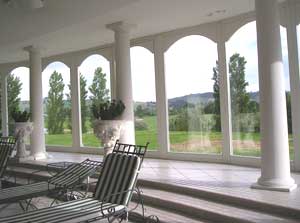
The dramatic cypress-lined driveway leads to a sophisticated small hotel that has grown around two magnificent restaurants in a 15th-century convent.
Antique furniture adorns the rooms whose wooden shutters open on views of the surrounding agricultural fields.
Locally grown products enliven the innovative cuisine at their traditional restaurant, Le Case, and the newer, more eclectic Enoteca, which specializes in seafood and an extensive wine list.
Nearby Castelfidardo produces more than 80 percent of the accordions made in the world and sponsors an annual accordion festival that features folk, jazz, and classical music. World War II buffs will want to visit this town and the neighboring Recanati where General George Patton located his headquarters.
Tiny Jewel Boxes
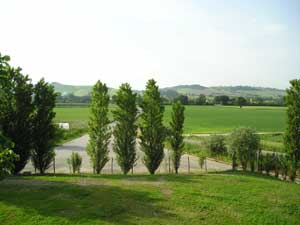
In the Le Marche region, historic restoration continues on most of the 71 theaters built-in city plazas or in castles, mostly built in the ornate Baroque or neoclassical styles of the 18th and early 19th centuries.
An amazing 43 of these historic theaters are in active use, ranging from tiny jewel boxes that seat fewer than 100 to larger opera houses. We saw several before we ran out of time and reluctantly headed back to the coast to speed north to Venice on the A14 road.
A visit to Le Marche could be considered a tasting menu for all of Italy — Roman ruins, Medieval villages, Renaissance artworks, natural wonders, the seaside, music, and theater, not to mention the endless varieties of wine, olive oil, cheese, seafood and other culinary temptations that make eating another artistic experience.
[editor’s note: This story first appeared in AAA Home & Away Hoosier]
 Vera Marie Badertscher is a freelance writer who lives in Tucson, Arizona, when she is not on the road. She has won national and state awards for her travel writing. Read more of her work at pen4hire.com.
Vera Marie Badertscher is a freelance writer who lives in Tucson, Arizona, when she is not on the road. She has won national and state awards for her travel writing. Read more of her work at pen4hire.com.
Information:
The best general source is le-marche.com. Through that site, you can order the Touring Club Italiano Regione Marche map. We also used the Cadogan Guide to Tuscany, Umbria, and The Marches.
- These 9 U.S. National Parks Require Reservations in 2024 - April 17, 2024
- Take a Hike in Olympic National Park - April 17, 2024
- The Wild Mississippi: 2340 Miles Across Ten States - April 8, 2024


